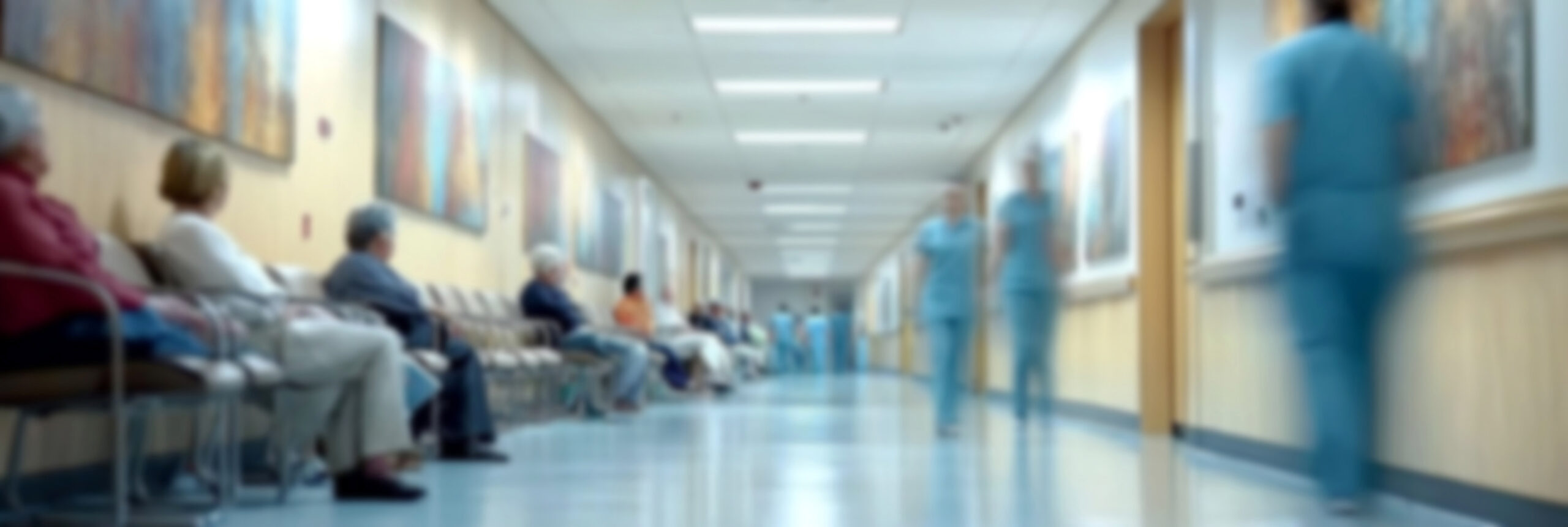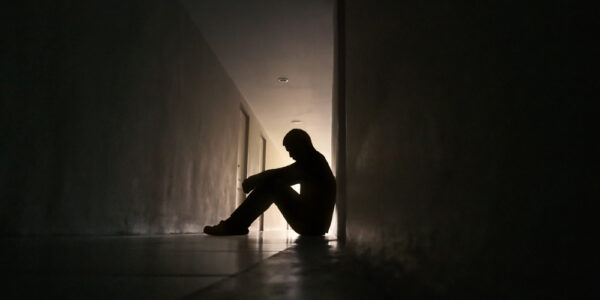LISTEN TO THIS ARTICLE:
In recent years, we’ve made progress in breaking down stigma and increasing awareness of mental health issues. In general, people are more comfortable talking openly about mental health. While this is a real step forward, it’s hardly enough. America’s mental healthcare system is broken. Among the problems are inadequate funding, a shortage of providers, and unequal access to care. As a result, millions of Americans are left without adequate mental healthcare, and the effects are far-reaching.
A Crisis Decades in the Making
The cracks in the mental healthcare system aren’t new. In the 1960s, there was a significant movement to shift mental health treatment from asylums and large psychiatric hospitals to community-based mental health centers, resulting in the closing of many large hospitals. In theory, this effort to “deinstitutionalize” care had many good intentions. Unfortunately, the infrastructure to build these community mental health centers was not sufficiently funded, and many never opened. Those that did open were often forced to operate on a bare-bones budget. The lack of investment in our mental healthcare system has left us with many serious gaps today. According to the National Alliance on Mental Illness (NAMI), over 1 in 5 adults in the U.S. live with a mental illness, but more than half never get treatment. People suffering from severe mental illnesses like Schizophrenia are often in the most challenging situations.
The Trump administration has said that it will not enforce the Mental Health Parity and Addiction Equity Act, and might rescind it altogether
Barriers to Access
One of the most significant problems is access to care. When people seek help, they often encounter long waits, high out-of-pocket costs, or an outright lack of available providers, especially in the more rural parts of the country.
Insurance coverage is another major obstacle. Though the Mental Health Parity and Addiction Equity Act of 2008 requires insurers to cover mental health services the same way they do physical health services, it’s not happening, and the rule is not being enforced. Many insurance plans offer minimal mental health benefits or maintain narrow provider networks, effectively shutting people out. What’s more, the Trump administration has said that it will not enforce the Mental Health Parity and Addiction Equity Act and might rescind it altogether. Many insurance plans make it difficult for mental health providers to get paid adequately for their services. So many are forced not to participate or accept insurance at all. This results in care being available only to those who can afford to pay out of pocket for it.

When people are in crisis, they are usually sent to emergency rooms, most of which are not equipped to handle psychiatric issues. What’s worse, many end up in jails, which are even less prepared to deal with mental health crises. A report by the Treatment Advocacy Center found that individuals with mental illness are 10 times more likely to be incarcerated than hospitalized. Once inside the criminal justice system, they rarely receive adequate treatment, making their conditions worse. Emergency rooms, meanwhile, are frequently overwhelmed and don’t have enough staff trained in dealing with mental health. Patients can wait days or even weeks in ERs or “psychiatric boarding” situations due to the lack of inpatient beds.
Workforce Shortage
America faces a severe shortage of mental health professionals, especially psychiatrists. The Association of American Medical Colleges estimates a shortfall of up to 31,000 psychiatrists by 2025. Social workers, therapists, and counselors are also stretched thin, burned out by large caseloads and low pay. This shortage disproportionately affects underserved communities, including Black, Latino, and Native American populations, who already face cultural stigma, language barriers, and historical mistrust in medical institutions.
America’s Youth in Crisis
Youth mental health is in a full-blown emergency. The U.S. Surgeon General issued a rare advisory in 2021 warning of the growing mental health crisis among young people. Suicidal thoughts and suicide attempts have skyrocketed, yet pediatric mental health resources remain scarce. Schools are under-resourced, and pediatricians often lack the training to address mental health concerns.
We Can — and Must — Do Better
Potential solutions include expanding telehealth, integrating mental health into primary care settings, increasing federal and state funding, and investing in a more diverse mental health workforce.
The success of the new 988 suicide and crisis lifeline shows promise, but a hotline alone won’t fix a mental healthcare system where the next step is often a dead end. True reform requires not just awareness but action. That means stronger legislation, better insurance enforcement, and a shift in prioritizing mental health in policy and budgeting. Until then, the system will fail those who need it most, often when they are most vulnerable.

 Learn
Learn Read Stories
Read Stories Get News
Get News Find Help
Find Help


 Share
Share
 Share
Share
 Share
Share
 Share
Share



